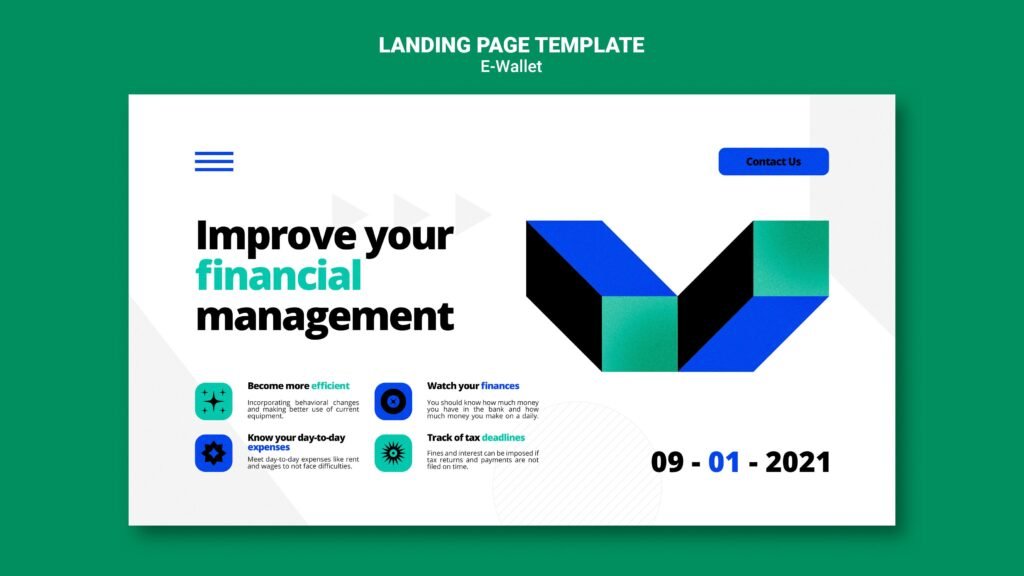Why Online Marketing Matters More Than Ever
If you’re a small business owner, freelancer, or entrepreneur in 2025, marketing your business online isn’t just an option, it’s a necessity. With over 5 billion internet users globally, the digital world is where your audience hangs out, shops, learns, and builds trust. But the question most business owners ask is: How do I actually start marketing my business online, without a huge budget or marketing team?
This guide will walk you through simple, practical, and effective online marketing strategies that anyone can implement, whether you’re selling handmade products, offering services, or building an online brand.
H2: Step 1 – Build a Strong Online Presence
H3: Create a Professional Website
Your website is your digital storefront. It’s often the first impression potential customers get of your business.
Here’s what a solid website needs:
- A clear value proposition
- Fast loading speed (under 3 seconds)
- Mobile responsiveness
- Contact information and call-to-action (CTA)
- SEO-friendly structure (clean URLs, headings, etc.)
Use platforms like WordPress, Webflow, or Shopify depending on your business type.
H3: Set Up Google Business Profile
If you have a local or service-based business, claiming your Google Business Profile can significantly increase visibility in local search.
H2: Step 2 – Leverage Content Marketing
H3: Start a Blog (Just Like This One!)
Blogging helps you:
- Drive traffic through SEO
- Build authority and trust
- Provide value to your audience
For example, this post targets the keyword “how to market business online”, which brings people exactly like you here. Use tools like Surfer SEO to optimize posts for search.
Create Helpful Guides, Videos, and Resources
Don’t just blog. You can also repurpose content into:
- YouTube videos
- Infographics
- PDF lead magnets
- Social media carousels
Tip: Answer your customers’ most common questions. It builds trust and ranks well in Google.
Step 3 – Invest in SEO
Search Engine Optimization (SEO) helps people find your business on Google without paid ads.
Quick SEO checklist:
- Use keywords in page titles and headings
- Optimize meta titles and descriptions
- Add internal links to related content
- Use ALT tags for all images
- Build backlinks from reputable sites
Example: If you’re a dog trainer in Austin, you want to rank for “dog trainer in Austin TX” on Google Maps and search results.
Step 4 – Use Social Media the Right Way
Choose the Right Platform
Not every platform works for every business. Pick where your audience spends time:
- Instagram & TikTok → Great for products, food, fashion
- LinkedIn → Ideal for B2B or professional services
- Facebook → Good for local communities, ads, and events
- YouTube → Best for long-form how-to content
Be Consistent (Not Overwhelming)
Post valuable content consistently, not just promotions. Think:
- Behind-the-scenes looks
- Customer testimonials
- Quick tips and tutorials
- Polls, Q&A, and user-generated content
Bonus: Use free tools like Canvas, Buffer, and Metrically for designing and scheduling posts.
Step 5 – Try Paid Ads (When You’re Ready)
Start Small with Facebook or Google Ads
Paid ads let you reach targeted audiences fast. But it’s easy to burn money if you’re not careful.
Start with:
- Boosting top-performing posts
- Google Ads for location-based or service-based businesses
- Retargeting ads for website visitors
Use clear CTAs like “Book Now,” “Learn More,” or “Get a Quote.”
Step 6 – Collect and Use Customer Reviews
Online reviews are the new word-of-mouth. Encourage happy customers to leave reviews on:
- Yelp
- Niche platforms (TripAdvisor, G2, etc.)
Use positive reviews as social proof on your website, social media, and email marketing.
Step 7 – Don’t Ignore Email Marketing
Email is still one of the highest ROI marketing tools.
Build your list by:
- Offering discounts
- Giving away a free eBook or checklist
- Running contests or giveaways
Use platforms like Mailchimp, ConvertKit, or Brevo (Sendinblue) to segment and automate emails.
Conclusion: Take One Step at a Time
Marketing your business online doesn’t have to feel overwhelming. Start small, set up your website, create helpful content, and show up where your audience is. Then, layer in SEO, social media, email, and ads over time.
Remember: Consistency beats perfection in online marketing. Track your results, learn what works, and keep showing up.
FAQs for This Blog Post (for SEO)
Q1: What is the best way to market a small business online?
A: The best approach combines content marketing, SEO, and social media. Start by building a website, creating helpful blog posts, and engaging with your audience on platforms like Instagram or Facebook.
Q2: Is online marketing expensive for small businesses?
A: Not necessarily. You can start marketing online for free using SEO, blogging, and social media. Paid ads can come later once you have some traction and data.
Q3: How long does it take to see results from online marketing?
A: SEO and content marketing take 3–6 months to show results. Paid ads offer faster visibility but require budget and testing. Consistency and tracking are key.

